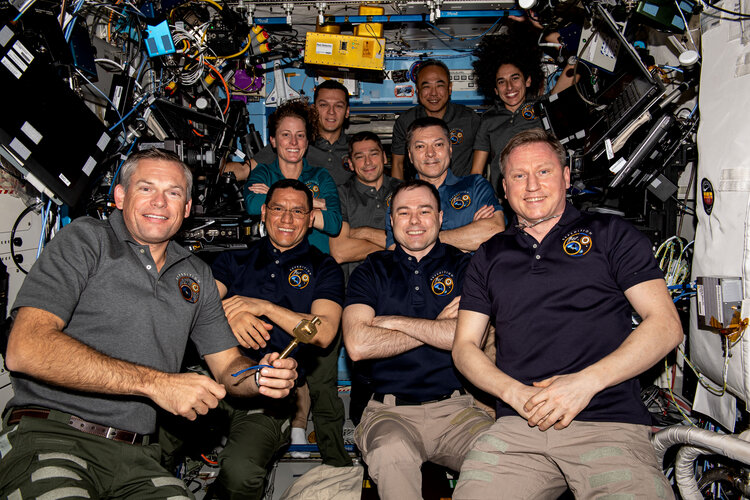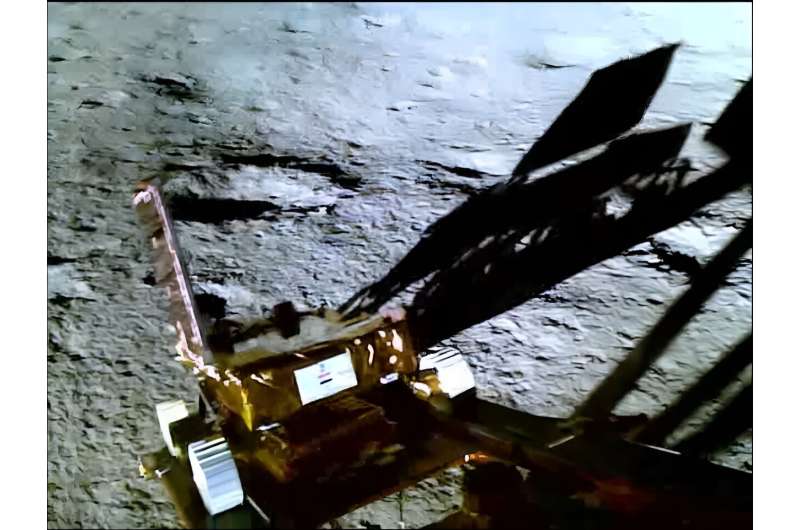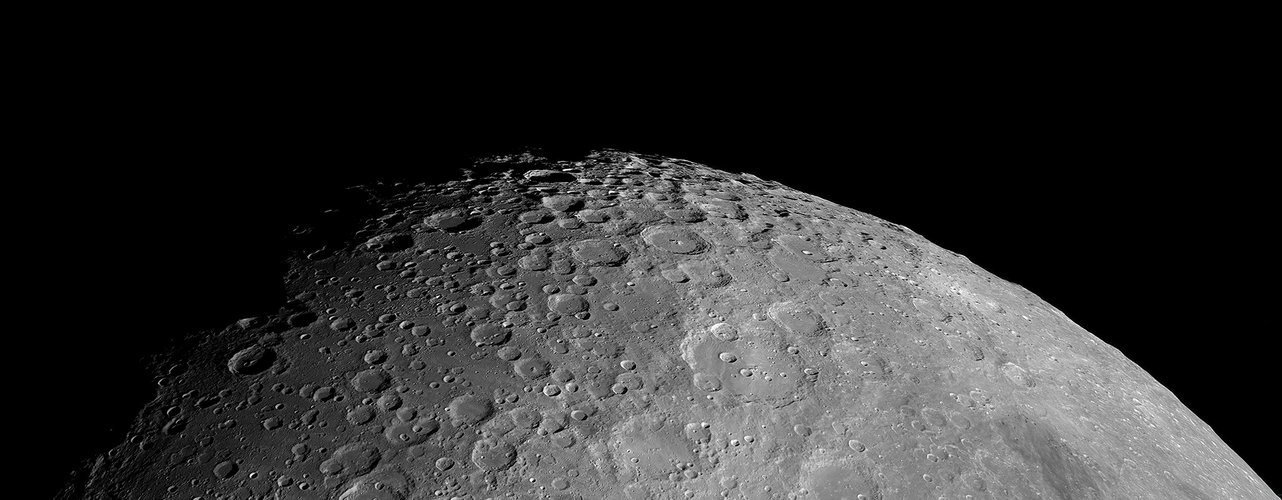
Copernical Team
Week in images: 25-29 September 2023

Week in images: 25-29 September 2023
Discover our week through the lens
Earth from Space: Southern Patagonian Ice Field
 Image:
Part of the Southern Patagonian Ice Field with its white glaciers and aquamarine lakes is featured in this Copernicus Sentinel-2 image from 10 January 2023.
Image:
Part of the Southern Patagonian Ice Field with its white glaciers and aquamarine lakes is featured in this Copernicus Sentinel-2 image from 10 January 2023. India space chief unfazed by Moon mission's apparent end

As hopes dim of further contact with India's moon rover, the country's space chief has said he was satisfied with the prospect of calling its successful lunar mission to an end.
India began exploring the moon's surface in August after becoming just the fourth nation to land a craft on the celestial body, sparking celebrations in a country rapidly closing in on milestones set by global space powers.
Rover Pragyan—"Wisdom" in Sanskrit—surveyed the vicinity of the moon's south pole but was powered down before the start of lunar night, which lasts roughly two weeks on Earth.
The Indian Space Research Agency had hoped to prolong the mission by reactivating the solar-powered vehicle once daylight returned to the lunar surface, but so far has been greeted by radio silence.
Ethics rules needed for human research on commercial spaceflights, panel says

New guidelines are needed to assure that research on human subjects performed on commercial spaceflights is conducted ethically, a panel of experts say in a commentary appearing in the September 28 issue of the journal Science. Their paper is titled "Ethically cleared to launch?"
Private companies are expected to fly thousands of people into space in the coming decades. Those aboard will include workers and passengers who will have the opportunity to participate in research studies. Such research is not only essential to assure the safety of future space travelers but often also addresses critical issues of human health in general.
Buț current ethical rules used to govern research on human subjects do not directly address the unique circumstances of research aboard commercial spaceflights, according to a panel convened by Center for Medical Ethics and Health Policy, Baylor College of Medicine, Houston.
"There has been a long tradition of astronauts from NASA and other national space agencies of volunteering for research, and the agencies have established tradition on how this research is done," said Dr. Michael A.
To the Moon: ESA seeks ideas for small lunar missions

Are you interested in helping shape the future of space exploration? ESA is offering a unique opportunity to contribute to its lunar science and exploration strategy.
Material matters

The Biofilms study continues its cosmic quest to combat bacterial contamination. With three experiments aboard the International Space Station, it's on a mission to improve antimicrobial technology, benefitting astronauts and people on Earth alike.
The value of EO satellite data in tackling global threats
 The European Space Agency's (ESA) EO4MULTIHA (High-Impact Multi-Hazards Science) initiative, a two-year project taking place as part of the ESA-EC Earth System Science Initiative, held its kick-off meeting (KOM) on 13 September.
The data provided by Earth observation satellites provide key information that help us grasp our planet's complexities and monitor the environmental problems and t
The European Space Agency's (ESA) EO4MULTIHA (High-Impact Multi-Hazards Science) initiative, a two-year project taking place as part of the ESA-EC Earth System Science Initiative, held its kick-off meeting (KOM) on 13 September.
The data provided by Earth observation satellites provide key information that help us grasp our planet's complexities and monitor the environmental problems and t Extreme heat likely to wipe out humans and mammals in the distant future
 A new study shows unprecedented heat is likely to lead to the next mass extinction since the dinosaurs died out, eliminating nearly all mammals in some 250 million years time.
The research, published in Nature Geoscience and led by the University of Bristol, presents the first-ever supercomputer climate models of the distant future and demonstrates how climate extremes will dramatically in
A new study shows unprecedented heat is likely to lead to the next mass extinction since the dinosaurs died out, eliminating nearly all mammals in some 250 million years time.
The research, published in Nature Geoscience and led by the University of Bristol, presents the first-ever supercomputer climate models of the distant future and demonstrates how climate extremes will dramatically in Water-watching satellite monitors warming ocean off California coast
 Warm ocean waters from the developing El Nino are shifting north along coastlines in the eastern Pacific Ocean. Along the coast of California, these warm waters are interacting with a persistent marine heat wave that recently influenced the development of Hurricane Hilary. The Surface Water and Ocean Topography (SWOT) satellite is able to spot the movement of these warm ocean waters in unprecede
Warm ocean waters from the developing El Nino are shifting north along coastlines in the eastern Pacific Ocean. Along the coast of California, these warm waters are interacting with a persistent marine heat wave that recently influenced the development of Hurricane Hilary. The Surface Water and Ocean Topography (SWOT) satellite is able to spot the movement of these warm ocean waters in unprecede Earth's crust, tectonic plates gradually formed, geoscientists find
 The Earth's crust continued a slow process of reworking for billions of years, rather than rapidly slowing its growth some 3 billion years ago, according to a Penn State-led research team. The new finding contradicts existing theories that suggest the rapid formation of tectonic plates earlier in Earth's history, researchers said.
The work may help answer a fundamental question about our p
The Earth's crust continued a slow process of reworking for billions of years, rather than rapidly slowing its growth some 3 billion years ago, according to a Penn State-led research team. The new finding contradicts existing theories that suggest the rapid formation of tectonic plates earlier in Earth's history, researchers said.
The work may help answer a fundamental question about our p 
